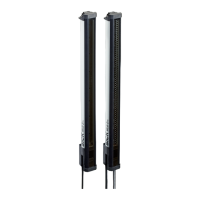Figure 113: Illustration of the measuring object
7.10.1 “Cross beam” function
Prerequisites
■
“Expert” user level
■
Reasonable beam separation: ≥ 10 mm
■
Possible operating modes: standard or dust- and sunlight-resistant
■
High-speed scan is deactivated.
■
The object being detected is located in the center section of the detection area.
■
Only for “Cross beam measuring”: ≤ 255 beams
Notes
■
see "Minimum detectable object with cross-beam function ", page 24
Description of operation
The MLG-2 offers the following beam functions: “Parallel beam”, “Cross beam switch‐
ing” and “Cross beam measuring.” The system automatically selects the “Parallel
beam” or “Cross beam switching” function depending on the specific object size that is
to be detected. As an alternative, the user also has the option of manually activating
the “Cross beam switching” or “Cross beam measuring” function.
In the “Cross beam switching” option, the crossed beams are also used for object
detection. The crossed beams do not affect the beam status, beam functions or
blanked beams.
In the “Cross beam measuring” function, a group of crossed beams is combined into a
single virtual beam. Virtual beams are treated as additional real beams and do not
have any affect on the beam status, beam functions or blanked beams. If the “Cross
beam measuring” function is activated, the real and virtual beams are renumbered,
which means that the number of beams is nearly doubled.
1
2
3
4
5
6
7
8
9
10
11
12
1
3
5
7
9
11
13
15
17
19
21
23
2
4
6
8
10
12
14
16
18
20
22
3
4
5 6 4
7
1 2
Figure 114: Left: “Cross beam switching”, right: “Cross beam measuring”
1
Cross beam switching
2
Cross beam measuring
3
Beam numbering for “Cross beam switching”
4
Parallel beam
5
Crossing beams
7 CONFIGURATION WITH SOPAS ET
96
O P E R A T I N G I N S T R U C T I O N S | MLG-2 Pro 8017460.ZIK1/2017-02-13 | SICK
Subject to change without notice

